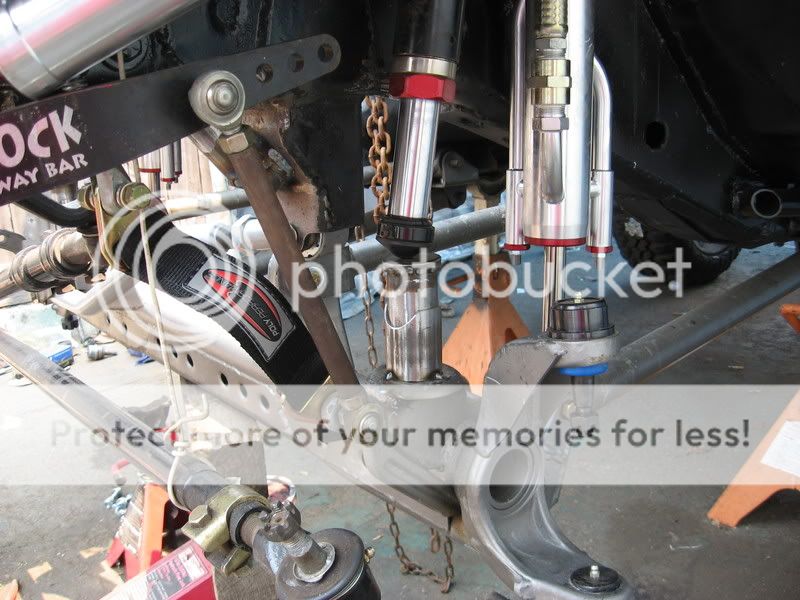loki_racer
NAXJA Forum User
- Location
- Pittsburgh, PA
I'm installing the Barnett air bump mount kit tomorrow. Any suggestions about issues I might run in to?
I guess the process is as follows:
When figuring out how high to mount the tube on the plates, should I have the lip of the air bump touching the mount tube?

Or should I leave some space between the mount tube and the lip on the air bump?

I guess the process is as follows:
- Put on stands, disconnect battery, remove tires, remove coils, remove springs, depressurize air bumps.
- Remove reservoir above passenger side coil mount.
- Hack off current bump stop.
- Drill out center hole in the mounted plates.
- Cycle axle up until it's about an inch below full travel.
- With air bump inside the mount kit tube, slide it in to the mount plates.
- Weld plates to frame and tube to the plates.
- Paint
- Reassemble
- Fill bumps with nitrogen.
When figuring out how high to mount the tube on the plates, should I have the lip of the air bump touching the mount tube?
Or should I leave some space between the mount tube and the lip on the air bump?




